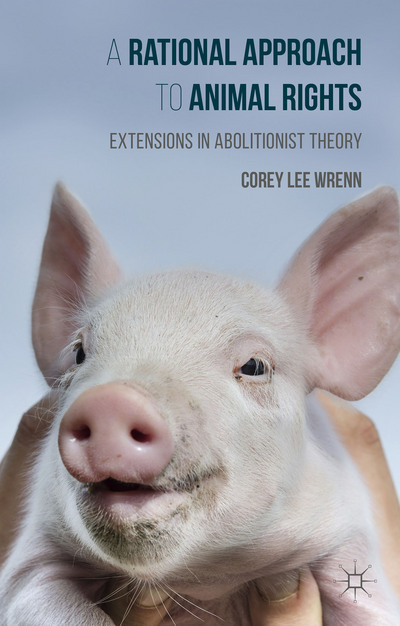Whether or not an individual is in a hurry will determine their likelihood of helping. In one study, Darley and Batson (1973) presented an experimental group with a lecture on the importance of being a Good Samaritan, while the control group was given no talk on helping. Participants were then told to attend another meeting in a building nearby. In doing so, they would pass a research confederate in a situation of need. Interestingly, whether or not the participant had received a Good Samaritan lecture prior to passing the confederate did not predict if they would stop to help. Neither did personal religiosity. What actually predicted if the person would stop to help was if they were in a hurry or not. Some participants were told they had plenty of time to reach the next meeting; some were told they were already late. Those who thought they were late were too focused on reaching their destination to notice much else, unlike those participants with time to spare.
These findings have several implications for advocacy on behalf of other animals. First, it highlights an innate tendency for humans to want to help, a tendency that is independent of priming (although priming does usually help) (Beaman et al. 1978) and religious affiliation. This tendency is reflected in the norm of social responsibility. People often help because it is expected of them, even when no one is watching or if that help is anonymous.
Secondly, research on haste suggests that activists should tailor their vegan outreach to account for levels of audience busyness. While the popular tactic of leafletting on college campuses has its usefulness in hitting large, receptive crowds, many of those crowds are composed of hurried students rushing to their next class. Activists should be strategic in targetting zones where people are more likely to be milling around with free time, such as bus stops, fairs, and lines.
For the Vegan Toolkit
- Avoid targeting busy people
- Seek out audiences with the time to pay attention
References
Beaman, A., P. Barnes, B. Klentz, B. McQuirk. 1978. “Increasing Helping Rates Through Information Dissemination: Teaching Pays.” Personality and Social Psychology Bulletin 4: 406-411.
Darley, J. and C. Batson. 1973. “From Jerusalem to Jericho: A Study of Situational and Dispositional Variables in Helping Behavior.” Journal of Personality and Social Psychology 27: 100-108.

Readers can learn more about the social psychology of veganism in my 2016 publication, A Rational Approach to Animal Rights. Receive research updates straight to your inbox by subscribing to my newsletter.
This essay was originally published with The Examiner in 2012.
